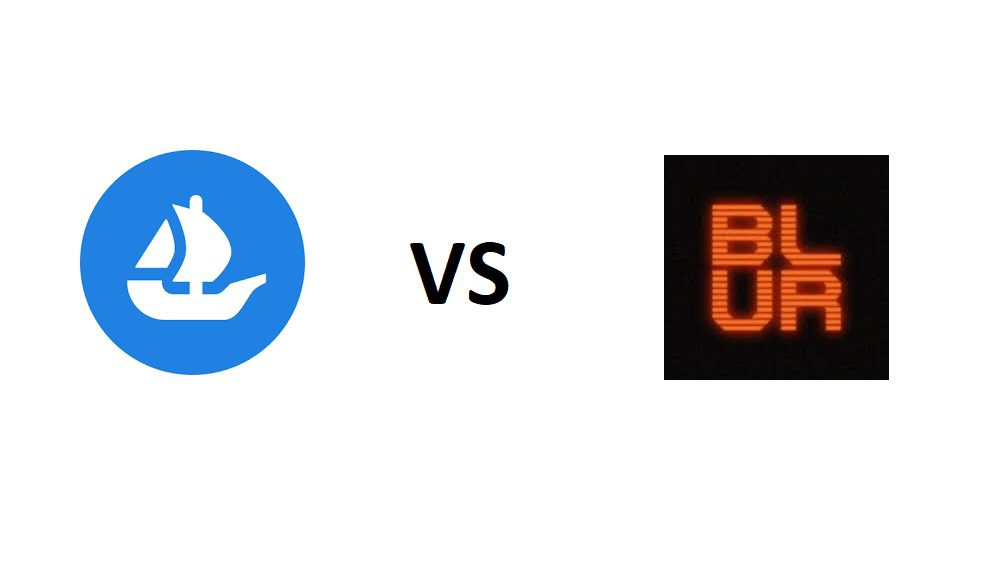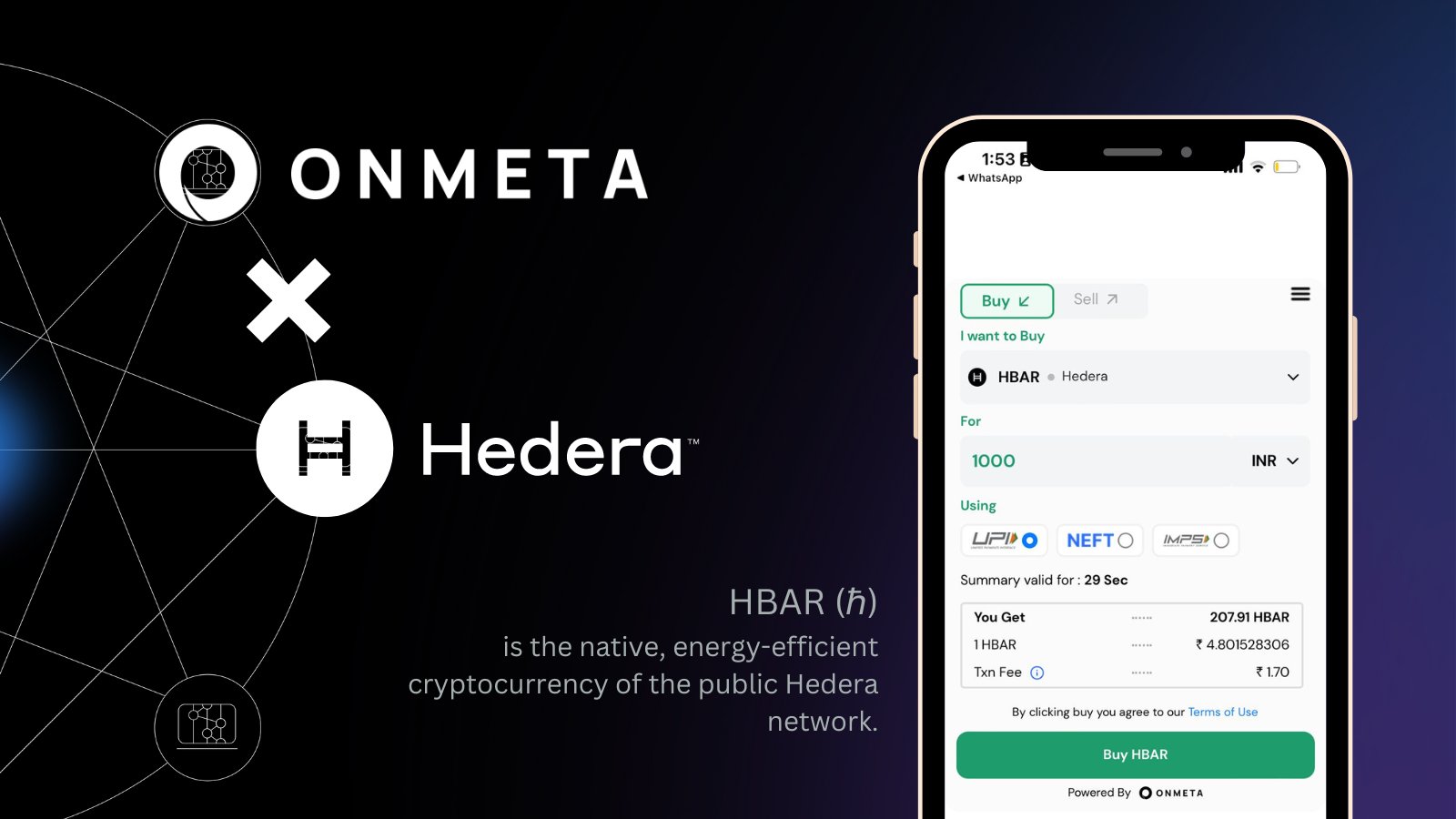How Web 3.0 will redefine the NFT space

Web 3 has not only approached, but also taken a quantum leap in getting closer to the ideal version of the web that was envisioned during its creation. Web 3 is truly and completely decentralized, giving the power and profits to the people themselves.
The progression from Web 1.0 to Web 2.0 was organic and inevitable. As people evolved along with the adoption and growth of Web 2.0, there were certain changes in habits that people experienced.
For example, apart from e-mail, there was no other need for any person to have an account in Web 1.0. The only digital identity people could think of was email. And nothing more. But in the social media era of Web 2.0, people started thinking about digital identities enabled by a set of credentials.
This included but was not limited to social media accounts, e-commerce accounts, avatars on blogs, some cool names on social media platforms and even dating sites.
The challenge with Web 2.0 was that the exclusivity of the space was missing. Simply put, it was hard for people to believe who they claim to be online! It could possibly have been sorted by taking valid government issued IDs from people. However, that would mean a massive violation of the privacy of individuals that directly flies in the face of one of the core philosophies of the web (and not to mention the possibilities of data security breaches that could expose sensitive information to malicious forces)!
Web 3 has a solution to this particular challenge. And it has the potential to open the floodgates of opportunity in the Web 3/blockchain space. The innovation is called the non-fungible token, usually abbreviated NFT.
While Web 3 and NFTs may share a symbiotic catalysis in terms of growth, it would be safe to conclude that Web 3 would drive the adoption of NFTs rather than the other way around. Let’s see how it would work!
NFTs define non-fungible individuality
To find a balance between transparency, security and reliability, you need to use the best possible candidate right now, which is none other than the blockchain. When the identity of humans exists as a NFT, especially in the metaverse, you can rest assured that the authenticity of your identity will not be compromised in any way. This will give you the assurance that you are probably sitting right next to your favorite celebrity in the metaverse.
By coupling this with the opportunities to earn in the Web 3 space, NFTs will become inevitable elements of the Web 3 ecosystem.
NFTs are essential in a digital-first approach
Come to think of it… Almost everything in this world is non-fungible. Unfortunately, most such things only have a physical representation and not a digital representation. The lack of digital representation can be attributed to the fact that today’s digital world does not support any authentic proof of uniqueness.
As we look to a digital-first future, NFTs will become digital representations of unique assets. Bringing NFTs into the Web3 ecosystem means not only a paradigm shift in the revolution, but almost a reversal of priorities. It would not be surprising to have even physical assets that have a digital representation, enabling easy transfer without any problems… Like land ownership.
Content ownership will be more authenticated
How often have you seen content ownership issues… Especially photographs and videos? This has caused a domino effect of problems in the Web 2.0 area. Let’s take a simple example. If a person has made money from a YouTube video, and if one of the photographs used in the video gets stuck with copyright claims, it causes a lot of confusion.
In the Web3 area, such confusions will be a thing of the past. It is quite likely that almost all digital assets including but not limited to photographs, videos, art, music and even memes will be presented as NFTs.
Because of this, Web3 will encourage content creators to create more high quality content because they know they will be rewarded… And that too, without any intermediaries eating away their rightful share. If a web that encourages democratic content creation and production is to happen (which is what Web3 is about), then all digital content must be presented as NFTs.
Although on the surface it may seem like a chicken and egg story, it cannot be denied that the increasing use of Web3 will increase the growth of NFTs. Digital assets and digital identity will be inevitable in the future, and will be essential to the functioning of Web3… And this can only be achieved by introducing NFTs into the equation!
Disclaimer
The views above are the author’s own.
END OF ARTICLE

























